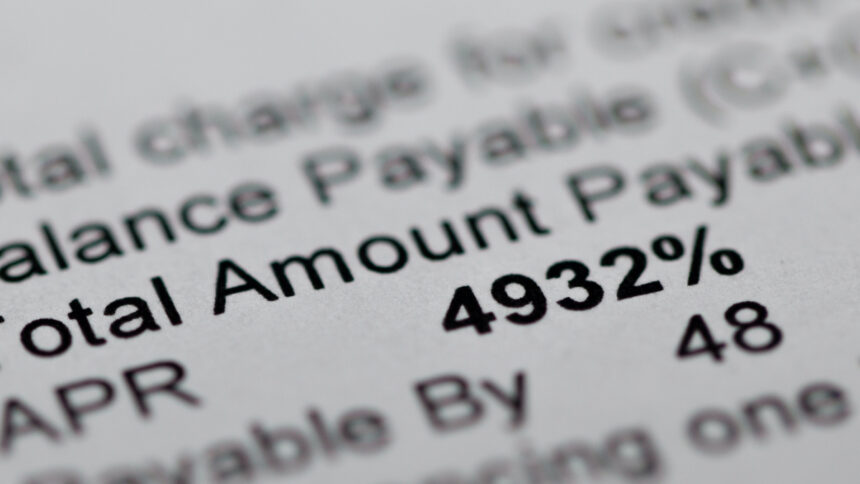Smart Alternatives to Payday Loans for Quick Cash Relief
Facing challenges in meeting financial obligations can feel isolating, yet many individuals are in the same boat. The federal minimum wage, unchanged since 2009, is set at $7.25 per hour, while the highest local minimum wage is located in Washington, D.C., at $17 per hour. However, considering that a living wage in 2022 was estimated at $25 per hour for a household of four with two income earners, the average earnings across the U.S. at merely $11.21 per hour leave many struggling financially.
This financial strain often leads individuals to seek out payday loans. Although payday loans present convenient and swift solutions for those in immediate need, they are highly problematic. Featuring annual percentage rates (APRs) that can soar to 652%, many of these loans are issued by Native American tribes, bypassing federal regulations. Such lending practices can trap borrowers in a cycle of debt, pushing them to take out further loans just to manage current obligations.
For those needing urgent funds, exploring safer alternatives to payday loans is advisable. Here are some options to consider.
Exploring Payday Alternative Loans
For short-term financing needs, consider joining a credit union. These member-focused institutions operate on a not-for-profit basis and provide a compelling option known as a Payday Alternative Loan (PAL), available through those affiliated with the National Credit Union Administration (NCUA). Two types of PALs exist: PAL I and PAL II. The latter is particularly beneficial for new members, as it can be obtained immediately upon joining, as opposed to the PAL I loan, which requires a month-long membership.
PAL loans range from $200 to $2,000 with an application fee capped at $20 (some credit unions waive this). Loan terms vary from one month to a year, and while APRs depend on credit status, they never exceed 28%. Although a 28% APR is not insignificant, it pales in comparison to the exorbitant rates of payday lenders. Members may secure three PAL I loans within a six-month window, while PAL II loans can be accessed as needed, contingent upon qualifying criteria.
Bank Loan Options
If credit unions aren’t an option near you, investigate whether local banks provide Bad Credit Loans or Small Dollar Loans:
-
Bad Credit Loans are tailored for individuals with poor credit scores. While the APRs can reach up to 35.99%, this is still considerably lower than payday lending rates. These loans typically offer a minimum funding of $300. Potential borrowers should be aware of additional fees that may apply and should only pursue options from trusted financial institutions.
-
Small Dollar Loans are standard bank loans available in reduced amounts compared to usual personal loans. For instance, Wells Fargo provides existing customers with a Flex Loan of up to $500, with repayment over four months, while U.S. Bank allows borrowing between $100 and $1,000 at a charge of $6 for every $100 borrowed, to be repaid within three months. Checking locally for small dollar loans from one’s bank can yield a more affordable alternative than payday lending.
Peer-to-Peer Lending
Peer-to-peer (P2P) loans are financed by individual investors and are generally easier to qualify for compared to bank loans, although they may involve origination fees similar to traditional banking options. Lending Club, a noteworthy P2P platform, offers loans starting from $1,000 at rates that can reach 35.99%.
Another approach in the P2P arena is through lending circles. These groups pool resources to provide either interest-free loans or regular distributions to their members. Although establishing membership is necessary to access loans, it can be a viable option for those who frequently require small amounts of cash.
Salary Advances
Alternatively, consider approaching your employer for a wage advance. Caution is advised against using wage access applications such as DailyPay or EarnIn, as they share similar pitfalls with payday loans. These may lead to a cycle of dependency where borrowers continuously fall short and require additional borrowing, incurring fees that can result in overdrafts. If an employer permits advances without charging excessive fees, it can be a useful strategy for managing a one-time emergency—provided that a budget is prepared for the subsequent paycheck reduction.












